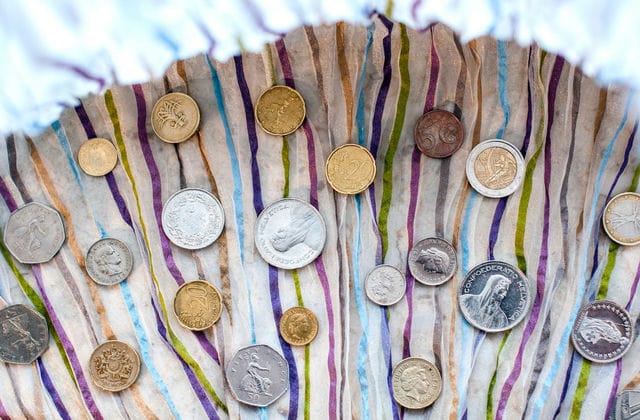The following are common terms of futures trading, hoping to help you
Futures margin: the minimum amount of funds required by both parties to a futures contract to ensure the performance of the contract, also known as performance margin. The level of margin is determined by the exchange according to market risk and contract price.
Maturity date: futures contracts specify the last trading day of the contract in the corresponding delivery month, which is stated in each futures contract. Source: Exam. com
Delivery month: the closing month specified in the futures contract.
Delivery date: the date on which the futures contract holders who have not closed their positions in the delivery month must perform the contract in accordance with the provisions of the Exchange. The Exchange has specified the date of performance in the contract.
Delivery: the mutual performance between the seller and the buyer of a futures contract through the exchange and in accordance with the provisions of the exchange.
Short order (position): The total number of certain commodity futures contracts that have not been hedged by opposite futures contracts and have not been delivered in real terms. Scatter the collector
Minimum change point: the minimum price change allowed in a contract transaction. Also called minimum price change.
Maximum fluctuation range: the maximum daily price fluctuation range allowed in futures contract trading stipulated by the Exchange, also known as the fluctuation limit.
Mark to market day by day: the practice of recording gains and losses into the margin account day by day according to the trading situation of the day. It aims to ensure that transaction defaults are eliminated. That is, the floating profit and loss of customer position contracts are calculated daily.

Hedging: Closing a previously bought (sold) contract by selling (buying) futures contracts for the same delivery month.
Margin call notice: when the customer's margin is less than the minimum maintenance margin, the futures company will give the customer a notice to call for margin.
Settlement price (average price): the weighted average price of the futures contract on the current day.
Long (buy long): To buy futures contracts.
Short (short selling): selling futures contracts.
Opening position: that is, trading into the market and opening a new position.
Closing position: that is, buying and selling to hedge the original position.
Change month: close the position of a certain delivery month of a futures commodity, and establish a similar position of the same commodity in another delivery month.
Stop loss: namely, cut the position and claim out.
Stop winning: The profit position is closed after being recalled to a certain price to ensure profits.
Premium. Or the higher part of the price relationship between commodities in different delivery months (or futures and spot) is the premium.
Decal: opposite to premium.
Leverage: the ability to make huge investments with small margin.
Floating profits and losses: unrealized profits or losses of open positions calculated at the settlement price of the day.
Forced position: By taking advantage of capital, futures exchange members or clients deliberately raise or lower the futures market price by controlling futures trading positions or monopolizing the spot commodities available for delivery, overholding positions and delivering, forcing the other party to default or at an unfavorable price The act of closing a position for profiteering. According to the different operation methods, it can be divided into two methods: "many squeeze" and "empty squeeze".
Long squeeze: In some small varieties of futures trading, when the market manipulator expects that the spot commodities available for delivery are insufficient, that is, by virtue of capital advantages, they establish enough long positions in the futures market to raise the futures price, and at the same time, they acquire and hoard a large number of them. Physical goods available for delivery, so the price in the spot market rises at the same time. In this way, when the contract is close to delivery, the short members and clients will either buy back the futures contract at a high price and claim compensation to close out the position; or buy the spot at a high price for physical delivery, or even receive a penalty for failing to deliver the physical product, so that long positions Holders can make huge profits from it.
Short squeeze: market manipulators take advantage of capital or physical goods to sell a large number of futures contracts in the futures market, so that their short positions greatly exceed the ability of many parties to undertake physical goods. As a result, the price of the futures market fell sharply, forcing speculative longs to sell the contracts they held at a low price to recognize the loss, or to receive a penalty due to financial strength, thereby making huge profits.




























